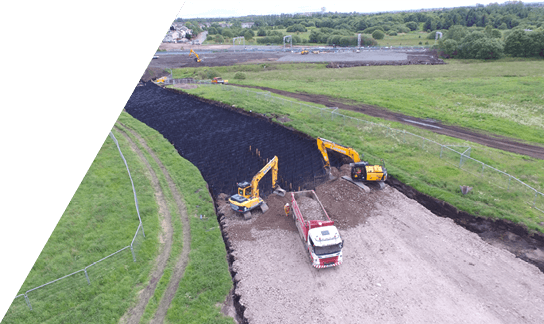Explore
Maximise site savings with Tensar Geogrids
Save time, cost and carbon and have a positive community impact on your next project.
Learn more about Tensar GeogridsThis website stores cookies on your computer. These cookies are used to collect information about how you interact with our website and allow us to remember you. We use this information in order to improve and customise your browsing experience and for analytics and metrics about our visitors both on this website and other media. To find out more about the cookies we use, see our Privacy Policy.
If you decline, your information won’t be tracked when you visit this website. A single cookie will be used in your browser to remember your preference not to be tracked.
Tensar International Limited, Units 2-4 Cunningham Court
Shadsworth Business Park
Blackburn, United Kingdom
BB1 2QX
Tel: +44(0)1254 262431
Tensar International Limited, Units 2-4 Cunningham Court
Shadsworth Business Park
Blackburn, United Kingdom
BB1 2QX
Tel: +44(0)1254 262431
Save time, cost and carbon and have a positive community impact on your next project.
Learn more about Tensar GeogridsWith thousands of installations around the world, engineers, contractors, and owners have partnered with Tensar to find the most efficient solution for their site challenges. See how we've helped clients gain advantages in construction and discover the true value we can deliver to your projects.



The reinforced soil wall abutments for the temporary bridges behaved exactly as expected, with uniform settlement during and after construction.

Tensar provided a good robust solution to enable piling in a restricted working area, without compromising adjacent historic structures.

Tensar’s solution minimised the use of imported aggregate needed for the haul road, while delivering haul roads capable of supporting heavy lorries delivering materials to site.

Tensar worked with our Temporary Works department to come up with a cost effective solution for our Market Field project. The Tensar design proved extremely effective and the piling mat needed no further maintance once installed.
There are no results that match your search. Please try another search or Contact Us with further questions.